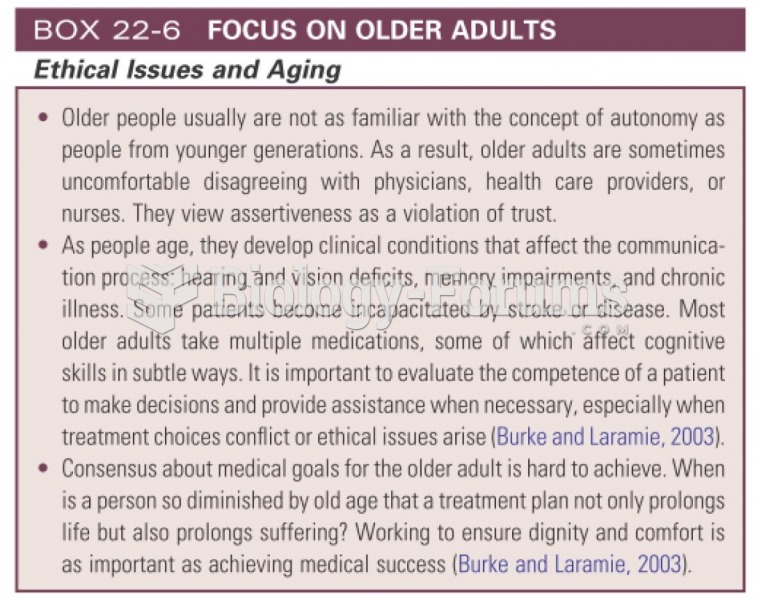Answer to Question 1
Functionalist explanations of aging focus on how older persons adjust to their changing roles in society. According to disengagement theory, older persons make a normal and healthy adjustment to aging when they detach themselves from their social roles and prepare for their eventual death. Gerontologists Elaine Cumming and William Henry noted that disengagement can be functional for both the individual and society. For example, the withdrawal of older persons from the work force provides employment opportunities for younger people. Disengagement also aids a gradual and orderly transfer of statuses and roles from one generation to the next. Disengagement may be functional for organizations but not for individuals. For example, a corporation that has compulsory retirement may be able to replace higher-paid older workers with lower-paid younger workers, but retirement may not be beneficial for some older workers. Symbolic interactionist perspectives examine the connection between personal satisfaction in a person's later years and a high level of activity. Activity theory states that people tend to shift gears in late middle age and find substitutes for previous statuses, roles, and activities.
From this perspective, older people have the same social and psychological needs as middle-aged people and thus do not want to withdraw unless restricted by poor health or disability. Whether they invest their energies in grandchildren, traveling, hobbies, or new work roles, social activity among retired persons is directly related to longevity, happiness, and health. A variation on activity theory is the concept of continuitythat people are constantly attempting to maintain their self-esteem and lifelong principles and practices and that they simply adjust to the feedback from and needs of others as they grow older. Aging is a continuation of earlier life stages rather than a separate and unique period. Conflict theorists view aging as especially problematic in contemporary capitalistic societies. As people grow older, their power tends to diminish unless they are able to maintain wealth. Consequently, those who have been disadvantaged in their younger years become even more so in late adulthood. Class-based theories of inequality assert that government programs for older persons stratify society on the basis of class. Conflict analysis draws attention to the diversity in the older population.
Answer to Question 2
d







